How to Make a Subway Map with John Tauranac
Hear from an author and map designer who has been creating maps of the NYC subway, officially and unofficially, for over forty years!

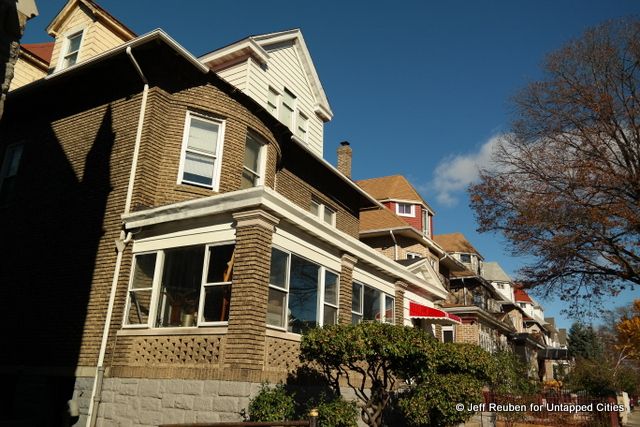
An attractive set of early 1900s houses on University Avenue in the Bronx is a legacy of a partnership between New York University and a police officer turned developer. Ironically, the houses have outlasted NYU’s presence in the borough.
Billy Bergen was a cop in the University Heights section of the Bronx as the nineteenth century turned into the twentieth. As he walked his beat, he saw many undeveloped properties. But he also recognized that the hilly area was ripe for development. NYU had established a new campus there in the 1890s and soon transportation improvements would greatly improve the area’s accessibility.
Bergen started buying vacant properties and building new residences. His projects were successful and soon he was a major player in local real estate. He earned the nickname the “Millionaire Cop” as he stayed on the force for several years while growing his realty business.
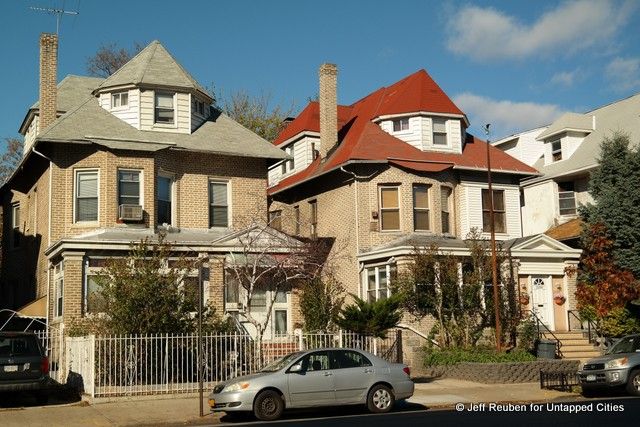
Around 1908, NYU sold some land it owned just outside its campus to the Millionaire Cop, now doing business by his formal name, William C. Bergen. However, NYU imposed a deed restriction on the transaction; the land could only be used for low-scale residential buildings.
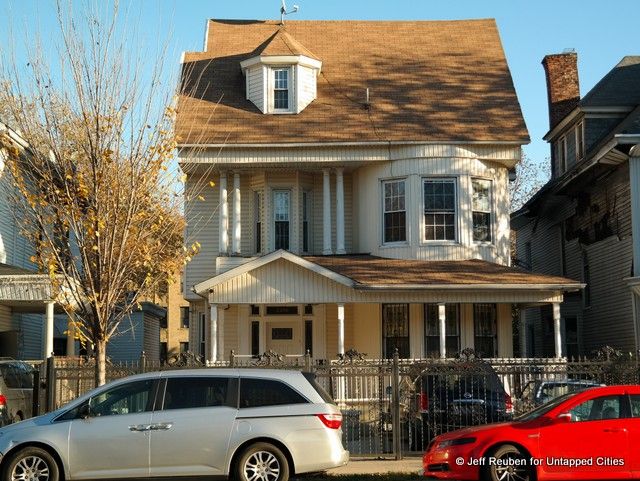
Bergen built houses on both sides of Aqueduct Avenue (renamed University Avenue in 1913) on the block between West 183rd Street and Hall of Fame Terrace, which is roughly equivalent to West 182nd Street. The text of a 1909 newspaper ad urged, “Call and inspect W.C. BERGEN’S elegant new dwellings, in the restricted portion of University Heights, on Aqueduct av., between 182d and 183d sts. Owner on premises.”
The group consists of 17 houses on the west side of the street and 9 on the east side, mostly detached houses, on lots as wide as 50 feet, plus a few semi-detached homes. They are two and a half stories tall, with dormers and are set back from the street. Architecturally, they can be described as Edwardian, with Arts and Craft design influences. The one exception is a Spanish-Revival house, which is at a similar scale to the others but noticeably different in style.
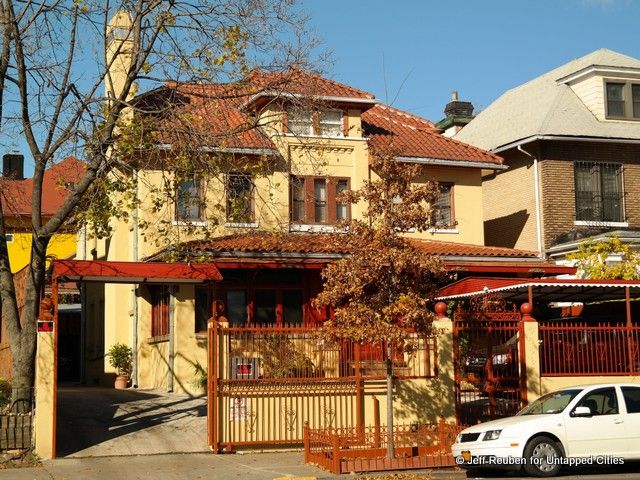
2225 University Avenue
For this area of the Bronx, and for a major thoroughfare in particular, they contrast sharply with the prevailing built character. Most of the residential buildings lining University Avenue (also known as Dr. Martin Luther King, Jr. Boulevard) are apartment houses or tenements.
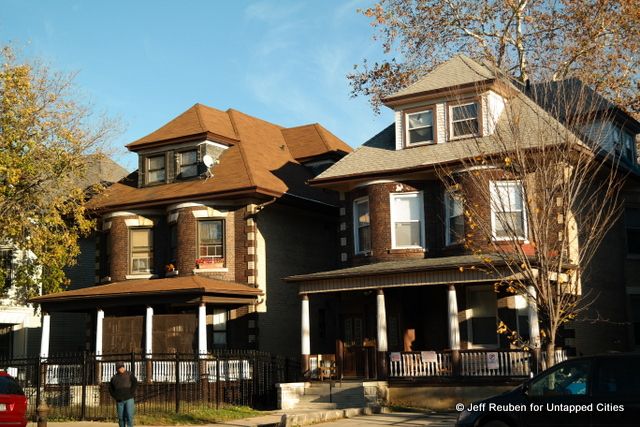
These buildings are not landmarked and, according to a 1910 New York Herald article, the deed restriction on these properties was set to expire in 1948. In fact, there used to be several more houses on the east side of the street, but at the corners of the block they were replaced by apartment buildings in the 1950s.
It is remarkable that the houses remain as a mostly intact group with seemingly few alterations, apart from the conversion of some front yard areas into parking. They outlasted NYU, which left the neighborhood in 1973.
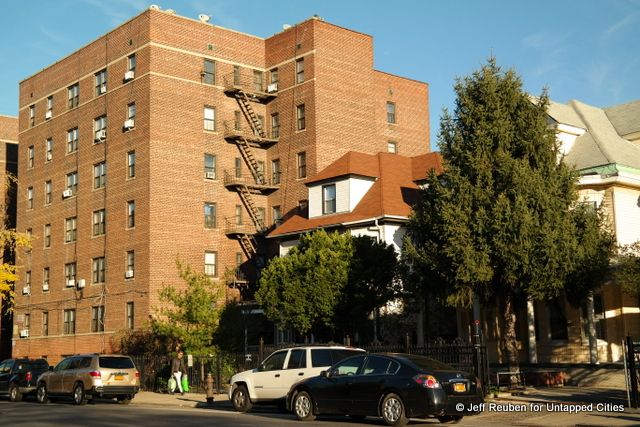
There were originally additional houses where the apartment building now stands
And as his houses live on, so too does the memory of the Millionaire Cop. A few blocks to the east, along the Grand Concourse, there is a small park called Bergen Triangle in his honor.
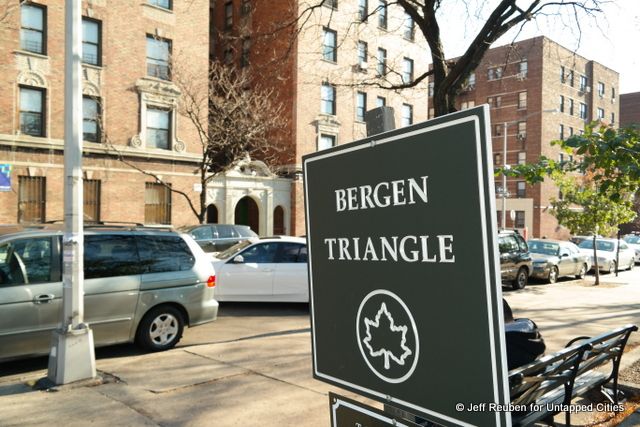
Bergen Triangle at Grand Concourse and East 181st Street, named for the Millionaire Cop
Next, read about mansions of President Street in Crown Heights and Victorian mansions of Prospect Park South.
Subscribe to our newsletter